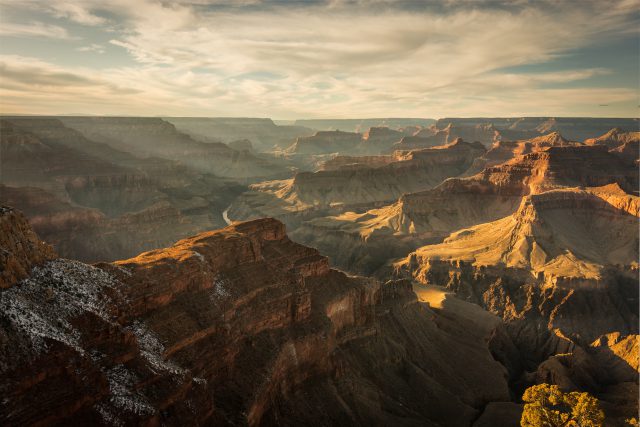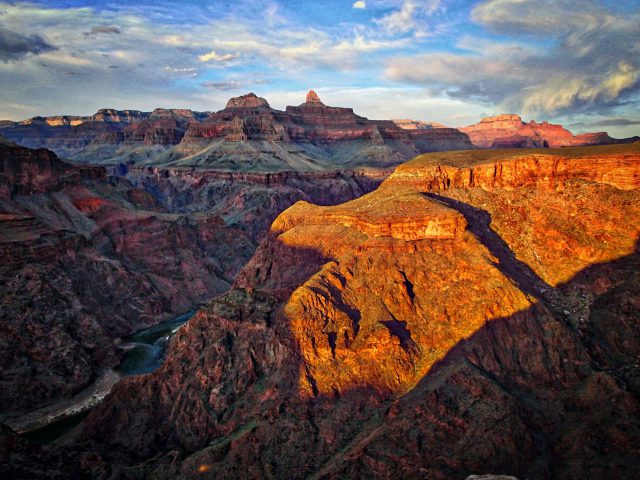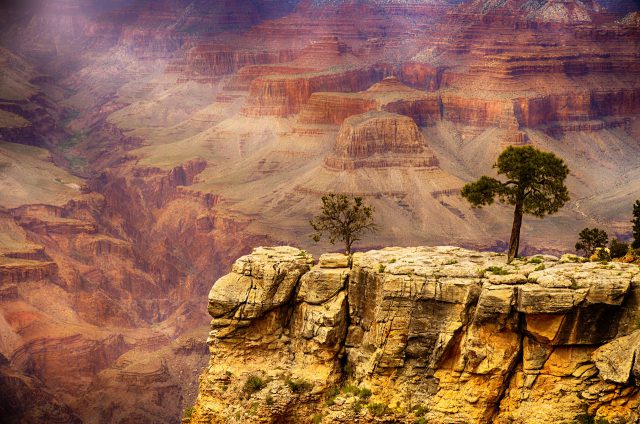From PetaPixel:
Photographer Sean R. Heavey was watching the hit series Stranger Things on Netflix when he spotted a storm cloud that looked strangely familiar. It turns out the show had apparently used one of Heavey’s photos while creating the scene, and Heavey isn’t happy about it.
Heavey says he realized that the cloud that appears in the Stranger Things episode looked extremely similar to his but wasn’t the same one. A few weeks later, however, Heavey’s friend was watching the Beyond Stranger Things behind-the-scenes special (episode 3) on Netflix when he noticed the concept art that was used by the Stranger Things crew.
. . . .
Unlike the actual episode, this image did appear to contain the exact same storm cloud in one of Heavey’s best-known photos, which is titled “The Mothership” and which shows a supercell thunderstorm rolling across the Montana prairie at sunset.
. . . .
“Netflix did not get permission from me,” Heavey tells PetaPixel. “I don’t have the image with any stock agencies so unless they got it from somewhere else, which is an issue if so, then they are using it without permission.”
After Heavey reached out to Netflix with his complaint, the company responded by saying that the cloud in his photo isn’t protected by copyright.
“They are saying the only similarity that exists is the use of a similar cloud formation, that copyright law does not protect objects as they appear in nature, and that an artist can’t claim a monopoly over real-world public domain objects such as a cloud formation,” Heavey says. “The problem with that argument is that it’s not a similar cloud they use — it’s my cloud photo.”
Link to the rest at PetaPixel
Here’s a copy of a Facebook post by the photographer. The OP has several more photos.
The reference in the OP to the photographer’s inability to copyright objects in nature is correct, but as the OP points out, the photographer in this case is claiming a copyright in the photo he took of the storm, not the appearance of the storm itself.
If I take a photo of the Grand Canyon, I own a copyright to that photo and can prevent others using my photo without my permission. However, my copyright is for the photo. Someone standing right next to me with a camera can take a photo of the Grand Canyon without violating my copyright to my photo.
Distinguishing between my photo and the photo taken by the other photographer should not be difficult, particularly if each camera is digital and produces its photo as a computer file.
The digital camera PG currently uses creates a 24 megapixel photo file. A pixel is one dot of information in a photo. A 24 megapixel camera creates an image with 24 million dots, each of which contains numerical information that is transformed into a tiny portion of the final image. The latest iPhone models include cameras that create a 12 megapixel photo file, so each has 12 million dots.
The chances of two photographers taking photos that are identical on a pixel-by-pixel basis are extraordinary miniscule. For one thing, even if the two photographers had identical cameras, they would have to be using identical lenses (on slr cameras with interchangeable lenses) and identical camera settings. A slightly lighter photo would have a different megapixel makeup than a slightly darker photo. A photo that is the tiniest bit of different color looks much different numerically. Even with identical cameras and camera settings, the chances of the cameras being perfectly aligned with each other down to the level of individual pixels are even more miniscule.
If a photographer is going to do more with a photograph than leave the original file stored on a camera memory card or a hard drive, the likelihood that the original photo will be refined and processed using Photoshop, Lightroom or a similar software program is very high. The chances that each of the two photographers making photos of the Grand Canyon make the same adjustments (maybe even in the same order) that change the photo file identically on a pixel-by-pixel basis are up into the realm of finding two identical grains of sand on a beach.
Enough camera geekery.
The bottom line for authors and others is that they should acquire licenses for photos used in covers, advertising, etc., from a reputable photo agency that can be relied upon to have acquired rights to resell or license the photos from the original photographer. If an author uses a cover designer, PG suggests the author may want to ask the designer where he/she obtains their images.
In some cases, a license fee may be charged by the photo agency. In other cases, the photographer may have granted rights to an agency to permit others to reproduce, modify, distribute, etc., without requiring any royalty or license fee being paid to the photographer.
There are three major online sources of royalty-free stock photos of which PG is aware: Unsplash, Pexels and Pixabay.
To compensate for all the text in this post, here are three royalty-free photos of the Grand Canyon.
From Unsplash

From Pexels

✓ Free for personal and commercial use
✓ No attribution required
From Pixabay

Free for commercial use
No attribution required

One more important detail: Sean Heavey is from Glasgow, Montana.
(http://www.thepassivevoice.com/the-middle-of-nowhere/)
Thanks for the photo sites, PG! I’m about to start a new cover, but Morguefile.com doesn’t have the images I want.
You’re welcome, Deb.
Even if they modified it, they didn’t modify the border. All the little whisps and tails are identical. They clearly used his photo. Even if they are allowed because they transformed it, they should have credited him. I’d like to think they will fix this once it is presented to them. How they handle this will say a lot about the company culture.
Is a photo protected from being used as concept art?
Not, original photo passed through filters and given a touchup to not be the same, but photo clipped to the side of the monitor while the artist drew a similar image?
Or even photo turned into a grainy 2-bit black and white and used on a transparency layer to serve as a tracing before the artist painted over it with brushes?
And then, where is the line? How much can another artist use someone elses work before he has to credit, (in name or monetary compensation,) the previous work?
Not in Sweden:
http://www.thepassivevoice.com/swedish-supreme-court-says-that-painting-based-on-photograph-is-new-and-independent-creation-and-hence-non-infringing/
Possibly transformative, but I’m not the expert here.
I’d say more derivative than transformative, DM.
All the more reason to roll your own – in this day and age someone’s going to know where you stole it from …
The cloud part, the shape of all the individuals borders above and below, is identical.
The photographer is right. That’s not ‘his’ cloud – but even if someone else had been standing next to him with a camera, that IS his photo.
That doesn’t happen by chance. Someone from the show has some explaining to do. And some fees to pay.
Agreed. The cloud is indeed identical. The movie makers have to have used his photo. I hope the photographer gets compensated. Two counts against Netflix, first for using his photograph without permission, second for speciously claiming they owe the photographer nothing. Boo hiss!
Definitely identical.
I don’t actually see much similarity between the photos. Given human nature, it’s possible the photographer is mistaken.